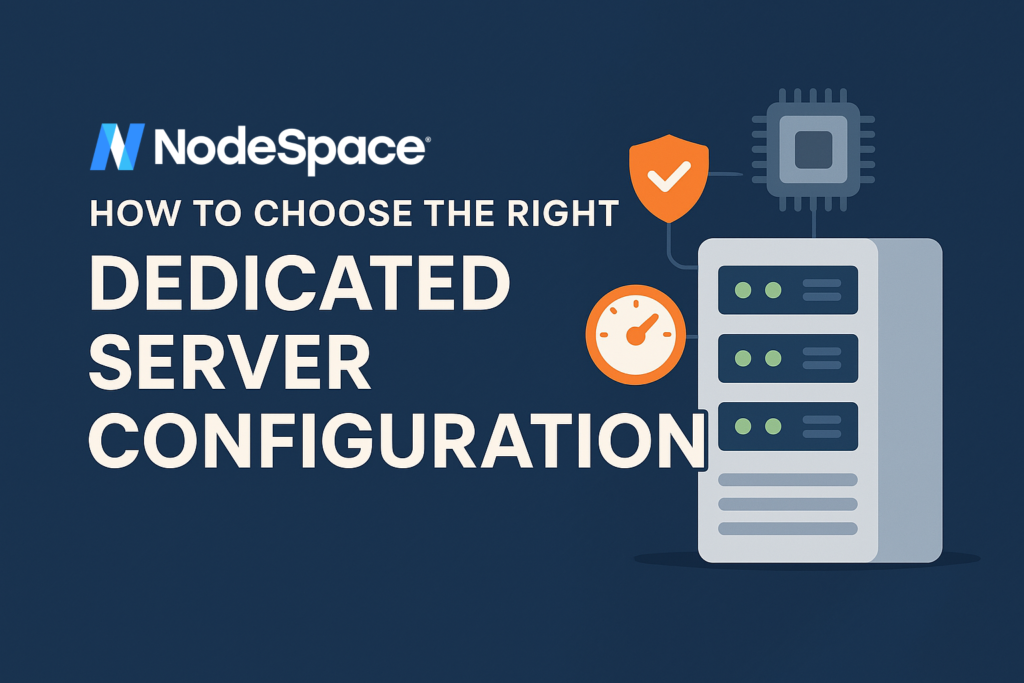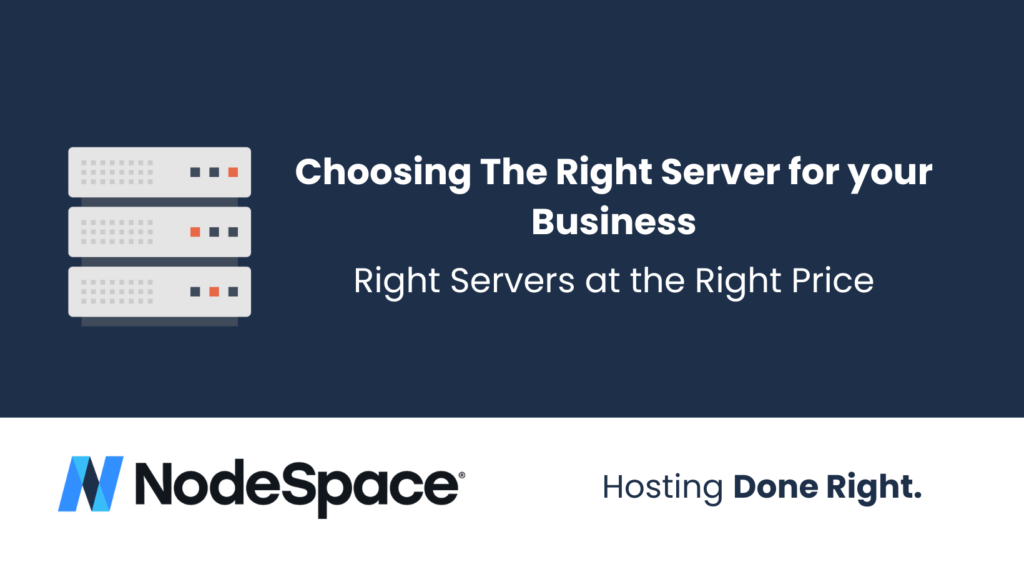Choosing the right dedicated server setup can feel overwhelming. There are tons of options, and every spec matters. Whether you’re hosting a game server, a busy eCommerce site, or running virtual machines, the wrong config can cost you money—or worse, performance.
Here’s how to pick the best dedicated server setup based on your needs.
1. Know Your Use Case
Start with a clear goal. What are you hosting?
-
Websites: Focus on fast CPUs and lots of RAM.
-
Game Servers: Look for high single-core performance and fast network.
-
VMs or Containers: Get more cores and ECC RAM.
-
Database Servers: Prioritize fast disks and RAM.
-
Storage Servers: You’ll want big drives and RAID options.
The use case drives every hardware decision.
2. Pick the Right CPU
Not all CPUs are equal. Choose based on workload:
-
High core count (Xeon, EPYC): Great for multitasking, VMs, or containers.
-
High clock speed (Intel Core, Ryzen): Best for game servers and single-thread apps.
-
Dual CPUs: Ideal for big enterprise workloads. Overkill for most other cases.
Want the best dedicated server setup? Match the CPU to your app, not just the price tag.
3. Choose Enough RAM
Don’t skimp on memory.
-
16–32 GB: Fine for most websites or smaller apps.
-
64–128 GB+: Needed for heavy databases, VMs, or containers.
-
Use ECC RAM if uptime and data integrity are critical.
Running out of RAM is a quick way to kill performance.
4. Storage: SSD or NVMe?
Your choice of storage directly impacts speed.
-
HDDs: Good for backup or archive storage. Slow.
-
SATA SSDs: Big speed boost for basic tasks.
-
NVMe SSDs: Best performance. Ideal for OS, apps, and DBs.
Always choose RAID if uptime matters. RAID 1 or 10 is common.
5. Network Speed & Bandwidth
Think about how much data you’ll send or receive.
-
1 Gbps: Standard for most use cases.
-
10 Gbps: Ideal for high-traffic sites or media delivery.
-
Bandwidth caps: Avoid small transfer limits if you’re streaming, syncing, or hosting large files.
Look at both port speed and monthly bandwidth.
6. Remote Management Matters
Don’t get stuck. Pick a server with:
-
IPMI or iDRAC: Lets you reboot or fix issues remotely.
-
KVM Access: Handy for installs, updates, and troubleshooting.
At NodeSpace, all dedicated servers include remote access.
7. Think About Scalability
Will your needs grow?
-
Can you upgrade RAM or drives later?
-
Can you move to a bigger server without downtime?
Ask about options before you commit.
8. Don’t Forget Support
Hardware is just part of the story. Good support saves you time and headaches.
At NodeSpace, we help you choose the right server specs, set up your environment, and support you 24/7.
Final Tip
The best dedicated server setup is one built around your actual needs—not just specs on paper.
Not sure what you need? Talk to us. We’ll help you build the right server from the ground up.


